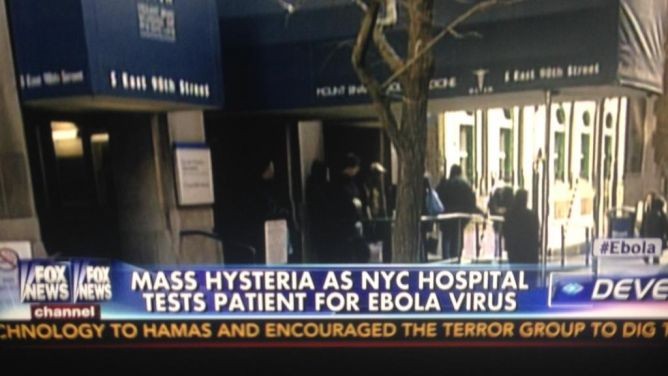Rush Limbaugh and I had a lot in common.

We’re both Baby Boomers, both from a small town in Missouri, and both of us grew up in a Republican family. Rush dropped out of college and then moved to Pittsburgh to try to become a radio DJ. I dropped out of college to smoke pot and protest the Vietnam War. Then I moved to San Francisco and became a night watchman and a busker for tourists in Ghirardelli Square.
Both of our career paths were a bit murky there for a while.
Rush bounced from station to station for a few years, eventually ending up in Kansas City. I bounced from job to job out West and in Columbia, Missouri, where I eventually finished my journalism degree and found semi-honest work in the business where I still ply my trade.
Rush began his climb to glory in the wake of the overturning of the FCC Fairness Doctrine in 1987, when broadcasters were no longer constrained by having to provide equal time for opposing views, or for anyone who was attacked on air.
After getting some attention in Kansas City for his “public affairs” show, Rushbo got hired by WABC in New York and he quickly gained national notoriety for such actions as celebrating the deaths of gay men from AIDS with show tunes, coining the phrase “Femi-Nazis” for women’s rights activists, calling Chelsea Clinton the “White House dog,” and regularly saying revoltingly racist things about African Americans (too many to list here), all under the guise of “conservatism.” It was a truly deplorable schtick before deplorable became a thing, and one that resonated, appallingly, with much of white America. Rush got very rich with it.
In 1996, the Telecommunications Act allowed broadcasting companies to own stations in many markets and spawned radio syndication. Rush quickly got even bigger (literally) and richer and became a major player in the Republican Party. A slew of conservative Rush-clones emerged: Michael Savage, Glenn Beck, Sean Hannity, Laura Ingraham, and Mark Levin, to name a few. Stirring up anger and outrage at liberals, Democrats, Blacks, Muslims, and immigrants was, and is, their stock-in-trade. And it’s made them rich.
Then came Fox News, the ultimate benefactor of the abolishment of the Fairness Doctrine. (“Fair and Balanced” being the lie from which all others were spun.) Rupert Murdoch and Roger Ailes built a television empire on right-wing outrage, angry white male hosts, short-skirted blondes, and lies.
Now, with the internet, the genie is out of the bottle. If you want “fair and balanced,” it’s strictly DIY. Pick your news to suit your views. If you believe climate change and COVID-19 are hoaxes, that Donald Trump won the 2020 election, that Texas lost power because of a Green New Deal that hasn’t been passed, that QAnon is onto something, that Antifa spawned the January 6th insurrection, that President Biden’s dog isn’t “presidential,” that the Bidens’ marriage is a “charade” … there’s a whole news ecosystem built just for you. Likewise, if you take the opposing point of view on any or all of those issues.
But it all started with Rush Limbaugh. And now he’s dead of lung cancer, at 70, leaving three ex-wives and a widow and millions of fans to mourn his passing. Lots of Republicans want to honor what they perceive as Limbaugh’s glorious legacy. He’s being called a great American, a true patriot — lauded by GOP politicians all over America. In Florida, the governor wants to fly the flag at half-mast in Limbaugh’s honor. In Rush’s home state of Missouri, legislators are talking about establishing a state holiday in his name. A state holiday! His bust already resides in the state capitol building — kind of like Nathan Bedford Forrest’s up in Nashville.
But let’s speak the truth here: Rush Limbaugh was not a great American by any fair and balanced measure. In his radio persona, he was a divisive, hateful, homophobic, racist, misogynistic asshole. What he was like in private, I can’t say, but I doubt that he and I had much in common when Limbaugh departed this earthly vale — far from his Missouri roots. I do hope he found peace at the end. It’s more than he wished for others.
 Bruce VanWyngarden
Bruce VanWyngarden  The Squirrel Hill Cafe | Facebook
The Squirrel Hill Cafe | Facebook 